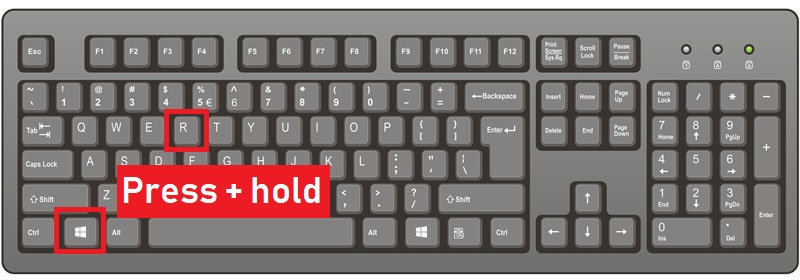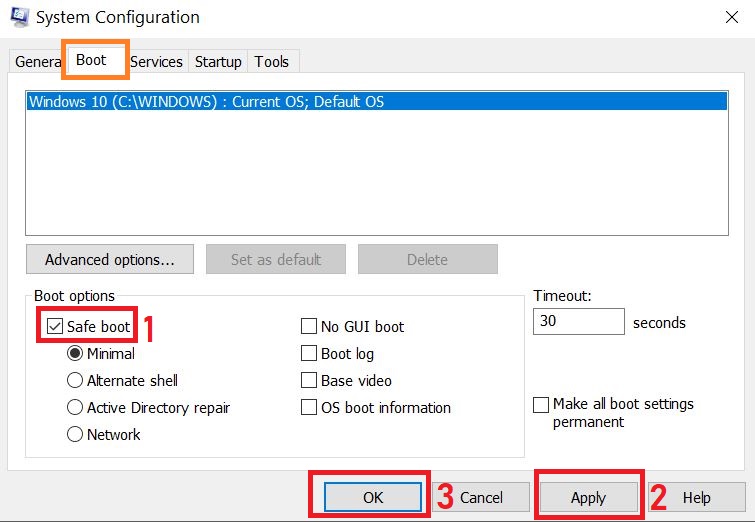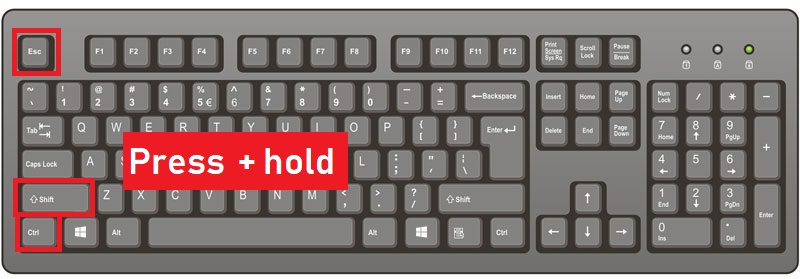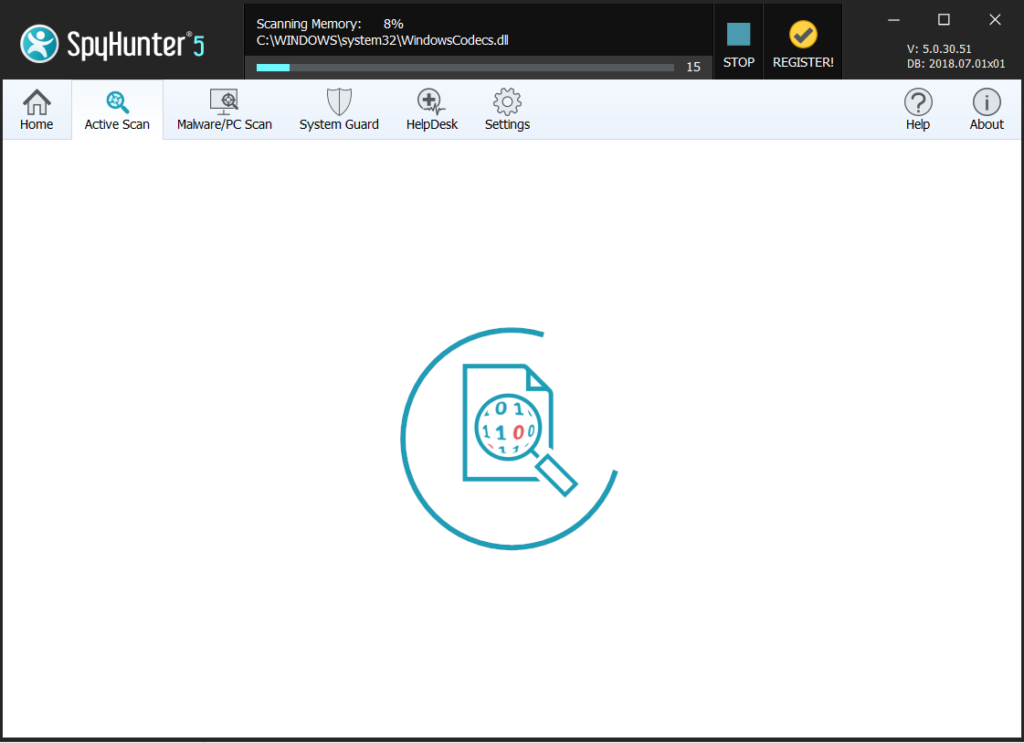This article is made to explain to you what is the .refols file ransomware and show you ways via which you can remove it and try restoring your files.
If your computer was recently infected by .refols files ransomware, then you have come to the right place. The .rumba ransomware virus is from the cryptovirus kind, meaning that it aims to encrypt the files on your computer in order to make them seem corrupt at least until you pay ransom to get them back. The ransomware then adds the .refols file extension to the files of the computers encrypted by it and also drops the _open_.txt ransom note. If your computer has suffered and infection by the .rumba files virus we suggest that you read this article thoroughly. It aims to show you ways via which you can remove the .refols file ransomware and try to recover your encoded files.
| Threat Name | .refols Virus |
| Category | Ransomware virus. |
| Main Activity | Infects the computer after which encrypts important documents and holds them hostage until a ransom is paid. |
| Signs of Presence | Files are encrypted with a .refols file extension which has a unique ID and the e-mails of the crooks and ransom note is dropped with ransom instructions.. |
| Spread | Via malicious e-mail spam and set of infection tools. |
| Detection+Removal | DOWNLOAD REMOVAL TOOL FOR .refols Virus |
| File Recovery | Download Data Recovery Software, to see how many files encrypted by .refols Virus ransomware you will be able to recover. |
Which Files May Get Affected by .refols Virus Ransomware?
.refols Virus Ransomware serves as a typical file-encoding Trojan. As soon as it gets access to your machine, this cryptomalware will perform a quick scan to find the paths to all of your personal files. The targeted data includes all MS Office documents, your precious photos and videos, your databases, the program files, etc. Only a few files such as the ones related to the core Windows processes may be spared. Once the operation ends, you will notice a threatening lockdown message on your desktop and the default file extension will become ‘.dll’. The cyber criminals give the victims only several days pay the ransom of Bitcoins, or else they threaten to delete forever the decryption key. The purpose of this frightening message is to shock the person and make him act irrationally. The victims often feel as the only solution to the issue is to pay the money. In reality, all specialists unanimously recommend not to follow the instructions of the hackers for several different reasons.How to Protect Yourself from .refols Virus Ransomware?
This ransomware may cause huge and often irreversible damage to the affected machines. Fortunately, you can prevent the infection as long as you are vigilant during your online sessions. This Trojan isn’t known to use some unique methods to infiltrate the defences of your computer. The most probable cause for .refols Virus Ransomware to enter is via spam emails. You may receive a message with a shocking content, encouraging you to either click on a malicious link or download a compromised file. The hackers have a whole arsenal of tools to manipulate you into doing so. For example, they may claim to represent an international bank or some popular shipping company. If they address you without mentioning your name, the email is probably a scam and you should ignore it. Unfortunately, if you simply click or download the infected file, your action will most likely be enough to activate the harmful codes of .refols Virus Ransomware. In this case, only a credible security solution may be able to prevent the forthcoming damage.
The _open_.txt ransom note’s contents:
———————————————- ALL YOUR FILES ARE ENCRYPTED ———————————————–
Don’t worry, you can return all your files!
All your files documents, photos, databases and other important are encrypted with strongest encryption and unique key.
The only method of recovering files is to purchase decrypt tool and unique key for you.
This software will decrypt all your encrypted files.
What guarantees do we give to you?
You can send one of your encrypted file from your PC and we decrypt it for free.
But we can decrypt only 1 file for free. File must not contain valuable information
Don’t try to use third-party decrypt tools because it will destroy your files.
Discount 50% available if you contact us first 72 hours.—————————————————————————————————————————
To get this software you need write on our e-mail:
Reserve e-mail address to contact us:
Your personal ID:
[redacted 43 alphanumeric chars]
Preparation before removal of .refols Virus:
1.Make sure to backup your files.
2.Make sure to have this instructions page always open so that you can follow the steps.
3.Be patient as the removal may take some time.
Step 1: Reboot your computer in Safe Mode:
Step 2: Cut out .refols Virus in Task Manager

Step 3: Eliminate .refols Virus‘s Malicious Registries.
For most Windows variants:
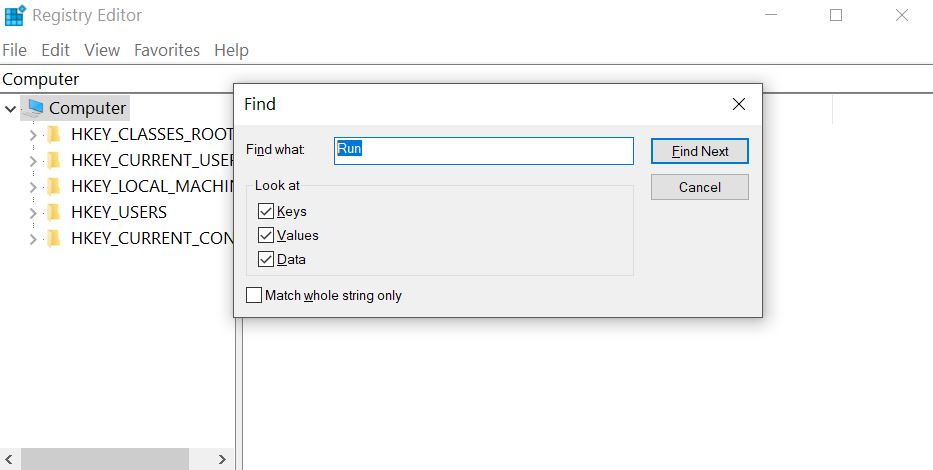
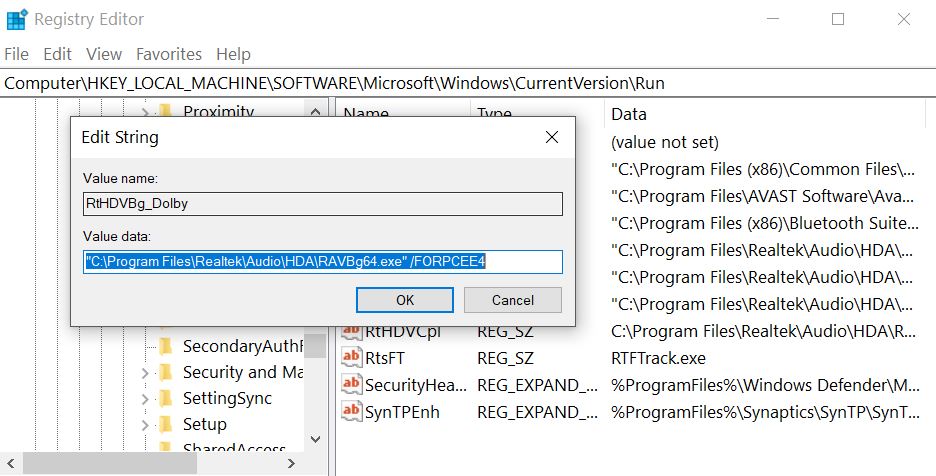
Step 4: Scan for and remove all virus files, related to .refols Virus and secure your system.
If you are in Safe Mode, boot back into normal mode and follow the steps below
It is advisable to run a free scan before committing to the full version. You should make sure that the malware is detected by SpyHunter first.
Step 5:Recover files encrypted by the .refols Virus Ransomware.
Method 1: Using Shadow Explorer. In case you have enabled File history on your Windows Machine one thing you can do is to use Shadow Explorer to get your files back. Unfortunately some ransomware viruses may delete those shadow volume copies with an administrative command to prevent you from doing just that.
Method 2: If you try to decrypt your files using third-party decryption tools. There are many antivirus providers who have decrypted multiple ransomware viruses the last couple of years and posted decryptors for them. Chances are if your ransomware virus uses the same encryption code used by a decryptable virus, you may get the files back. However, this is also not a guarantee, so you might want to try this method with copies of the original encrypted files, because if a third-party program tampers with their encrypted structure, they may be damaged permanently. Most of the currently available decryptors for ransomware viruses can be seen if you visit the NoMoreRansom project – a project that is the result of combined efforts of researchers worldwide to create decryption software for all ransomware viruses. Simply go there by clicking on the following LINK and find your ransomware version decrypter and try it, but always remember to do a BACKUP first.
Method 3: Using Data Recovery tools. This method is suggested by multiple experts in the field. It can be used to scan your hard drive’s sectors and hence scramble the encrypted files anew as if they were deleted. Most ransomware viruses usually delete a file and create an encrypted copy to prevent such programs for restoring the files, but not all are this sophisticated. So you may have a chance of restoring some of your files with this method. Here are several data recovery programs which you can try and restore at least some of your files:

